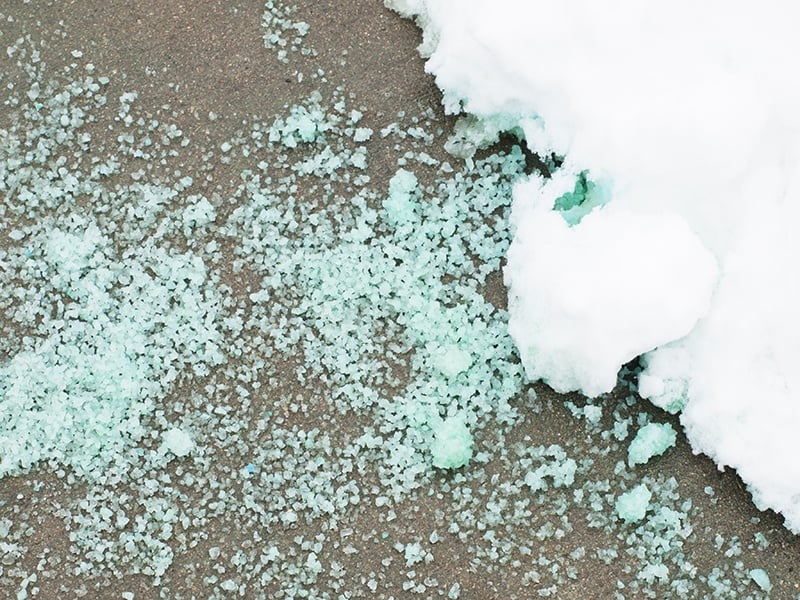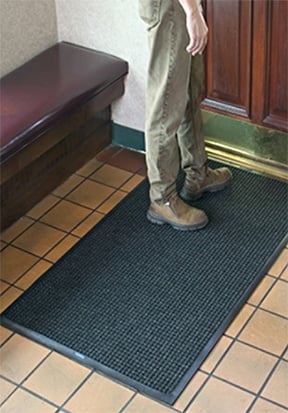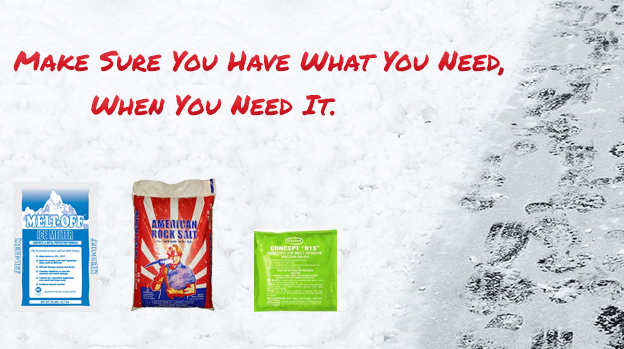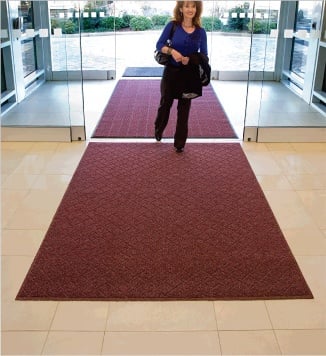Millions of dollars of damage are caused each winter due to poor ice melt formulas and misleading information being passed to buyers pertaining to these formulas. Two particularly destructive and misleading elements commonly found in leading ice melters are Magnesium Chloride and Calcium Chloride. Be sure to educate yourself on how to safely use ice melt, and understand the different elements that make ice melters effective and safe. Read below to learn common terms and elements of ice melters and review side-by-side comparisons of specific formulas.
Is your ice melt destroying your facility? Safest ice melts for concrete
Topics: #winter, #floorcare, #snow, #janitorial, #wintertips, #floorcaretips, facilitymaintenance, icemelt, ice melt
Your Best Defense Against Winter: A Guide To Preventative Matting
As a cleaning professional, you know that floor care is one of the most time consuming and expensive tasks within a facility. During the winter, floor care becomes even more expensive and labor intensive when trying to clean and protect floors from damaging winter-specific soils.
To help protect floors during the winter, building managers turn to preventive matting systems that provide a number of benefits not only during the winter months, but all year long.
Topics: #winter, #floorcare, #janitorial, #wintertips, #floorcaretips, facilitymaintenance, matting
6 Important Tips To Safely and Effectively Use Ice Melt
Make sure you have the ice melt supplies you need, and know when and how to properly apply ice melt to keep your guests, grounds, and facility safe this winter. Follow these simple 6 tips for safely using and applying ice melt.
Topics: #winter, #floorcare, #snow, #janitorial, #wintertips, #floorcaretips, facilitymaintenance, icemelt, ice melt
A Guide To Preventative Matting: Your First Line of Defense
Your First Line of Defense Against Rising Floor Care Costs
According to a study conducted by the ISSA, if 1,000 people per day enter a building over a 20-day period where no matting is installed, they will track in about 24 pounds of soil. Per the study, it costs about $600 to remove one pound of soil, which amounts to a staggering $14,400 just in this 20-day time period.
With approximately 85% of all dirt in a building being tracked in by foot, dirt stopped by entrance matting is dirt that does not spread throughout a building meaning less dusting, mopping, vacuuming, and grout cleaning. Overall, removing soil from a mat can be less expensive than removing it from an entire building as the soil is concentrated in a localized area.
Topics: #floorcare, #janitorial, #floorcaretips, facilitymaintenance, matting









